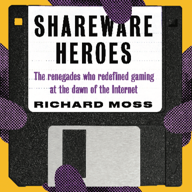(We need to prove there's interest in the project before it goes into crowdfunding and production, so waitlist signups really will make a difference. Plus you'll get to fill out a survey at some point, which I realise may not sound all that enticing but I can promise that all the responses will be read by me.)
Introducing my next documentary project: Passport to Adventure: The SCUMM Story. There'll be more to share in the New Year, including the synopsis I put together with help from several LucasArts fans and adventure genre experts, but for now it'd be great if you could all just read the intro post in the attached images and join the waitlist at https://scummdoc.com if it sounds like something you'd enjoy.
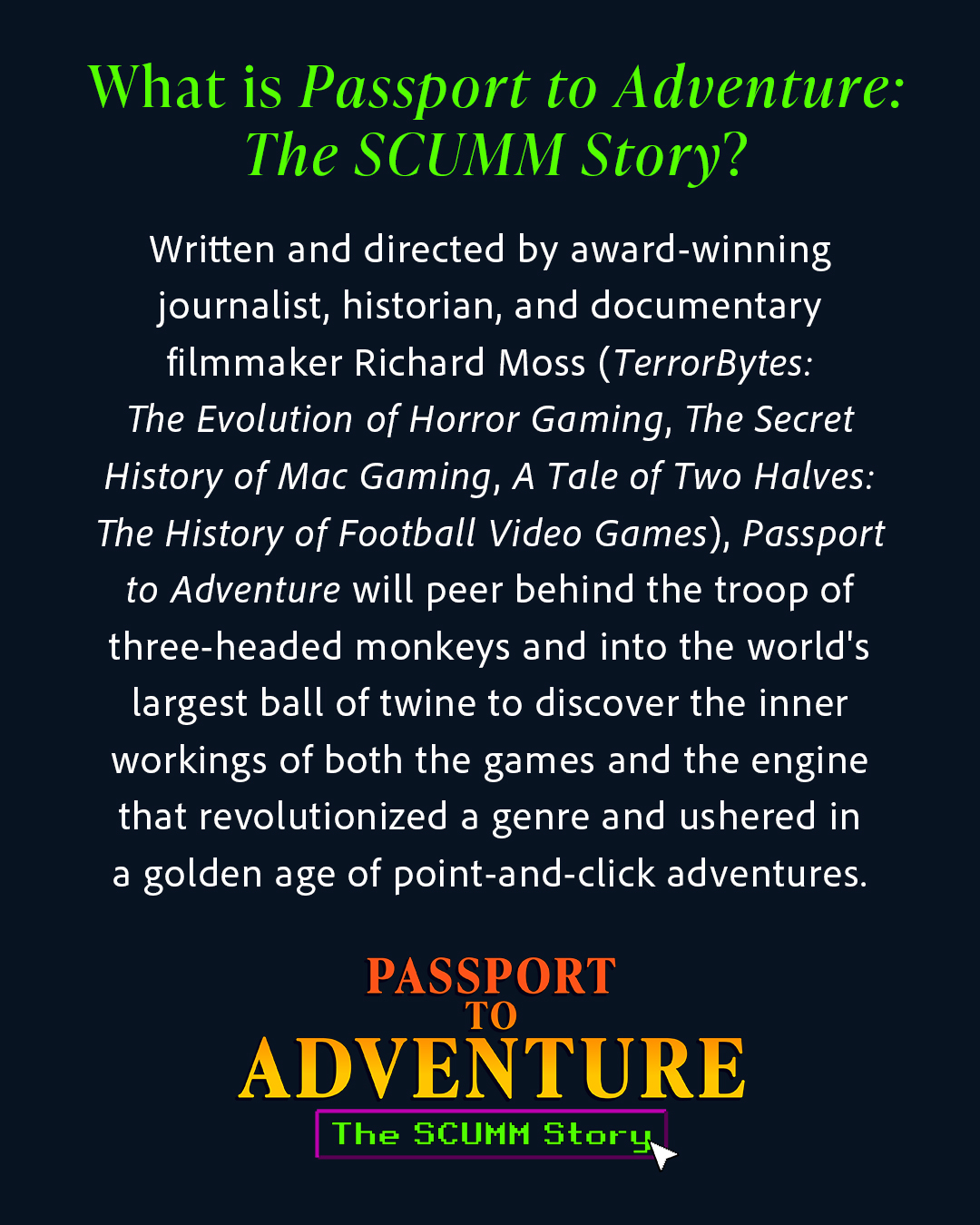
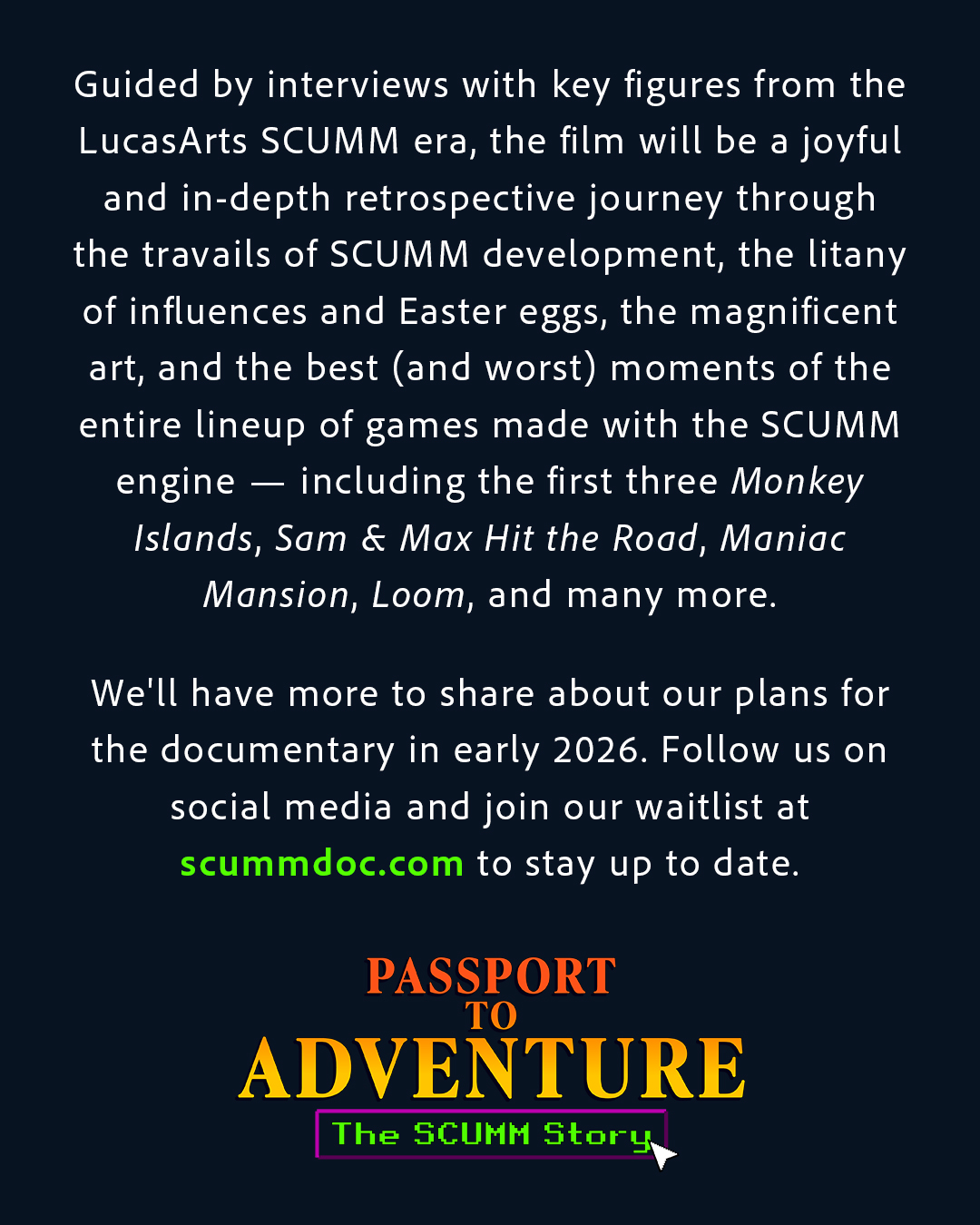
@vga256 I learnt very early in my career that if you want to survive as a creative professional, you have to be ready to adapt to what the market demands — and quickly. Sometimes there's a way back to getting paid for your passion, sometimes not.
@vga256 They still show flashes of their old form, but I'm not sure it'd be financially viable for Ars now to be like it was in its peak years.
@earthshaking And it's still one of the better rates I've been offered, too. Most of my work for Ars ended up being nearer to 30 cents a word, which made them one of my higher-paying clients. No idea what they pay now, but it's horrifying to think about the steady drop in typical freelance rates in the past 25 years.
I worked hard at a draft for a ~2.5k word history of adventure games, then based on the quality and breadth of my writing was asked to make it way longer (for an increased fee) and to add more detail about the actual experience of playing the games.
Here is that article: https://arstechnica.com/gaming/2011/01/history-of-graphic-adventures/

An amazing conversation with @MossRC - author and Macintosh gaming expert!
https://youtu.be/3q4Lgoreb74
The Colony - Featured in our book - The Secret History of Mac Gaming: Expanded Edition
Discover the forgotten legacy of video gaming on the Apple Mac. This beautifully designed 480-page book reveals the vital role the Mac played in the growth and advancement of the nascent gaming industry.
We’re celebrating 40 years of the Mac and have knocked £5.00 off: https://www.bitmapbooks.com/collections/all-books/products/the-secret-history-of-mac-gaming-expanded-edition
#bitmapbooks #book #retrogaming #mac #apple #thecolony #bookstodon
Here's a fun bit of obscure games history I just stumbled across: the founder of XOR Corporation (NFL Challenge, Basketball Challenge) made repeated (failed) attempts to get the CIA to endorse — and consult on — a counter-intelligence simulation game. https://www.muckrock.com/news/archives/2018/feb/06/cia-nfl-challenge/
Mobocracy was a gritty #AppleMac side-scroller set in a post-apocalyptic world. Ambitious but unfinished, only fragments remain - enough to imagine how it could have been. More details at:
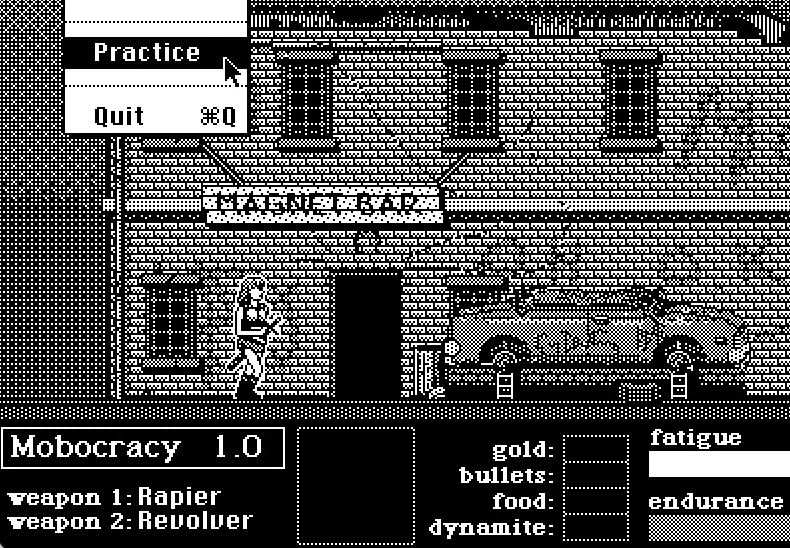
📣 Special offer 📣
We are offering £5.00 off our book - A Tale of Two Halves: The History Of Football Video Games (Captain's Edition): https://www.bitmapbooks.com/collections/all-books/products/a-tale-of-two-halves-captains-edition
#bitmapbooks #books #retrogaming #gaming #football #soccer #bookstodon @MossRC
This huge bundle of books about video games includes the text-only ebook version of The Secret History of Mac Gaming as well as my experimental 'Football Manager, one day at a time' project, along with dozens of books I didn't write. https://storybundle.com/games
(If anyone wants to get the lovely illustrated hardback version of The Secret History of Mac Gaming, that remains on sale from Bitmap Books: https://www.bitmapbooks.com/collections/all-books/products/the-secret-history-of-mac-gaming-expanded-edition .)
Soccer - Featured in our book - A Tale of Two Halves: The History Of Football Video Games.
Explores the evolution of football games across four decades, featuring 400 titles spanning 2D classics and cutting-edge 3D simulations.
Score a copy: https://www.bitmapbooks.com/collections/all-books/products/a-tale-of-two-halves
#bitmapbooks #books #football #soccer #gaming #retrogaming #bookstodon @MossRC
https://www.osnews.com/story/142532/dystopian-tales-of-that-time-when-i-sold-out-to-google/
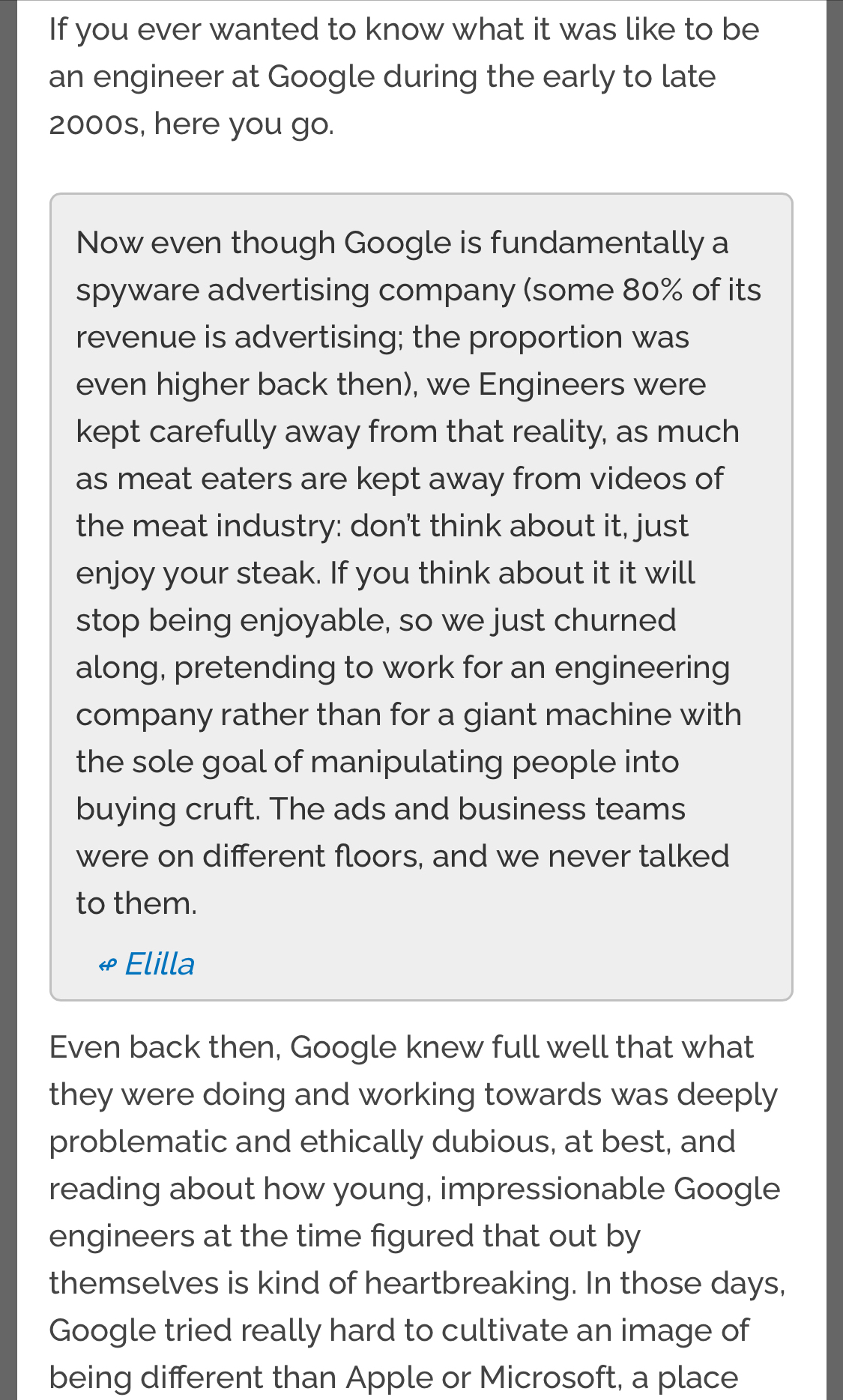
I'm honoured to see TerrorBytes given a glowing review in legendary horror publication Rue Morgue. My favourite line: "This is a documentary for superfans as well as folks who just haven’t been 'that into' horror video games." https://rue-morgue.com/documentary-review-terrorbytes-celebrates-the-history-of-scary-video-games/
@loadhigh I can claim responsibility for it being such an engaging read; I worked with Chaim as editor to shrink an overlong manuscript (with 30 or 40k words of footnotes!), focus the story, and make the writing more accessible/palatable to a general audience.
